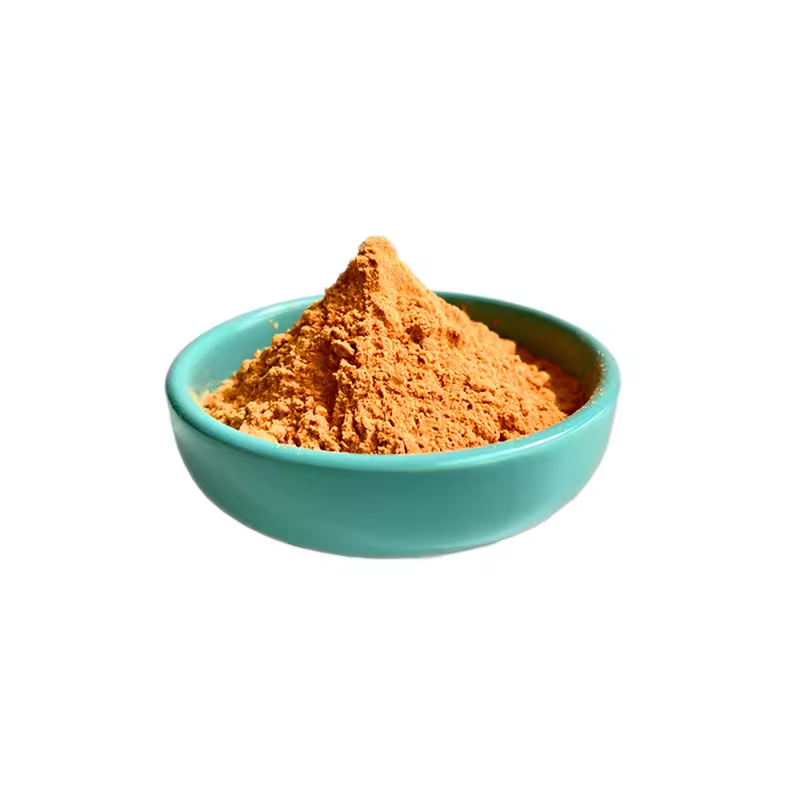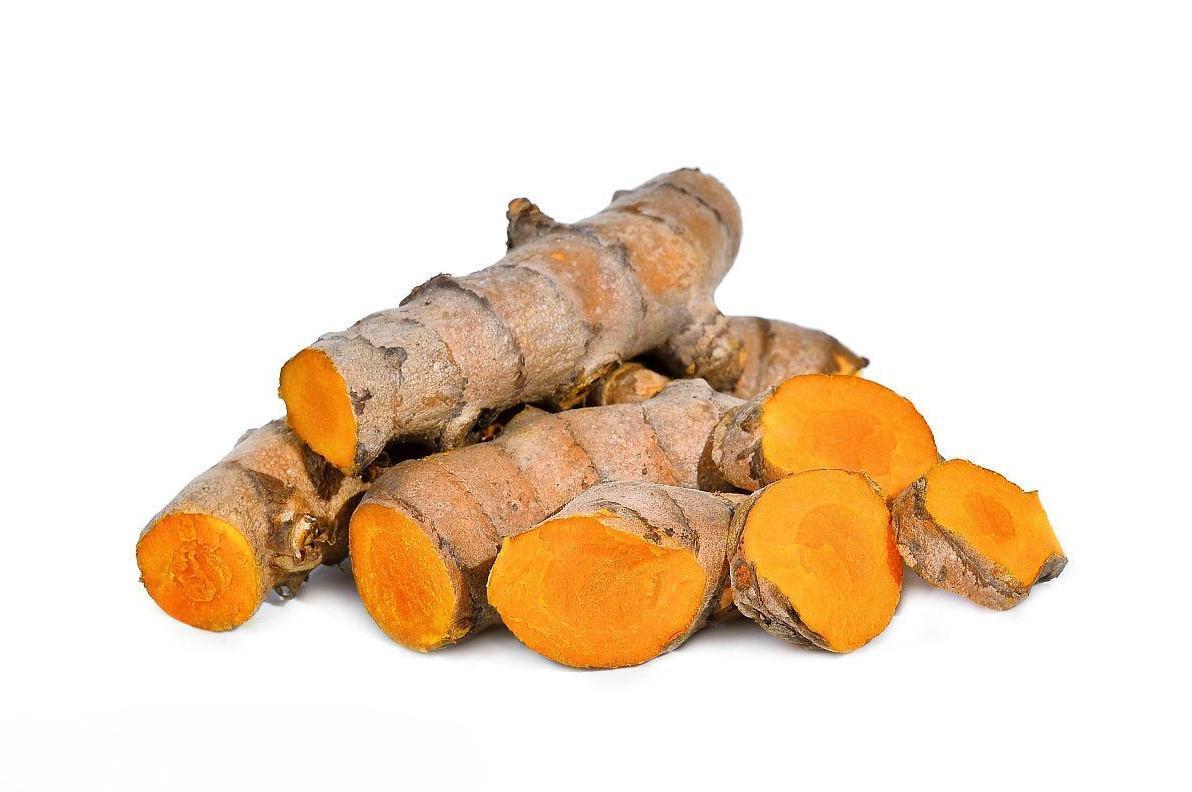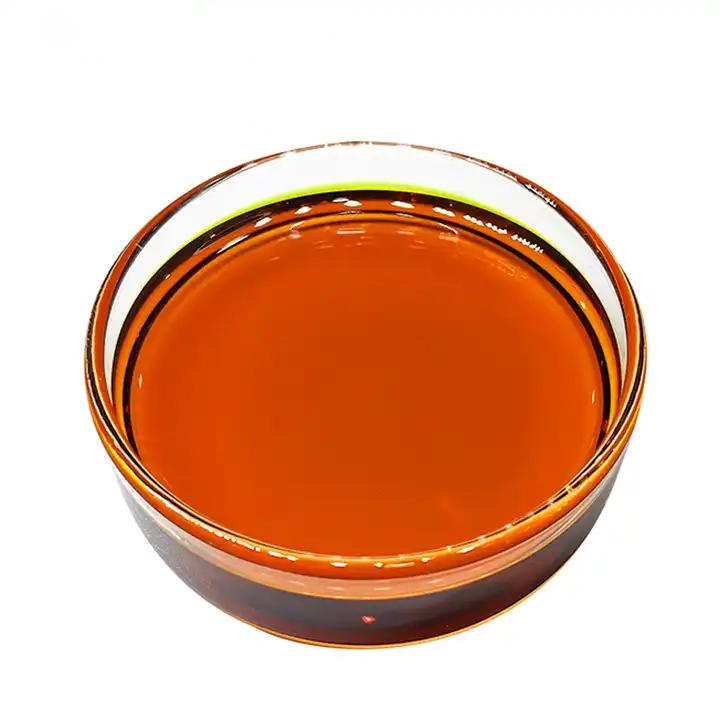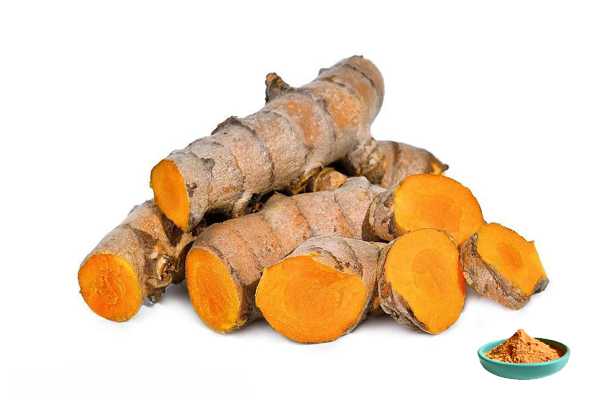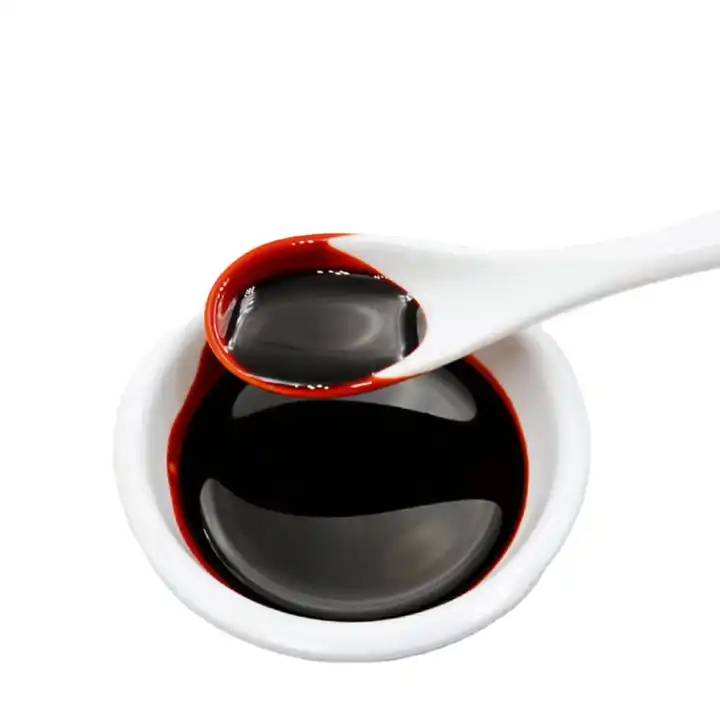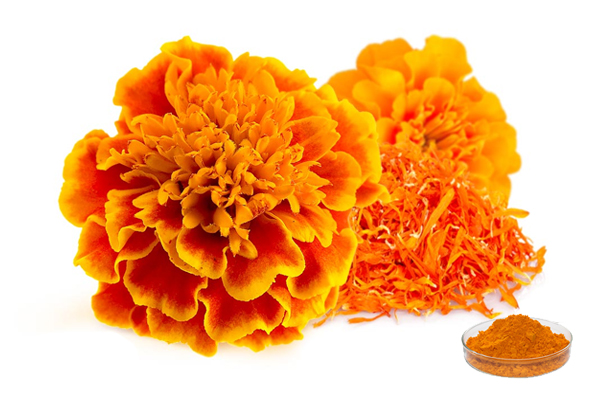ウコン根エキス95%クルクミン
ラテン語名curcuma longa l
出典ウコン お‐竹
95%规格:
Testing Method: HPLC
ァ§ンジ色演:粉
残留農薬:(ec) no 396/2005規格に準拠
- 記述
- データシート
- 証明書
-
ウコン根抽出物95%クルクミンとは何ですか?
根ウコンエキス 95% クルクミンが refers to a high concentration of total curcumin extracted from turmeric (Curcuma longa L) rhizomes。 It contains curcumin, demethoxycurcumin, and double demethoxycurcumin, collectively known as total curcumin. Curcumin is a potent antioxidant with a variety of pharmacological effects, including anti-inflammatory, anticoagulant, hypolipidemic, anti-atherosclerotic, and anti-aging.
Green Spring Technology supplies 根ウコンエキス 95% Curcumin原料として、有機溶媒の抽出、および食品添加物クルクミンの精製の物理的方法を通じて、curcuma longa l、curcuma longa lの根茎です。主な成分:クルクミン、demethoxycurcumin、bisdemethylcurcumin。状態は、結晶または結晶性粉末であり、総クルクミン含有量は≥95%である。
green spring社は、24年にわたる植物抽出物の経験を持つ中国有数の植物抽出物技術会社です。これは、eu ec396、eu 2023/915、および最高の溶媒残基規格に準拠した最高の国際的な業界標準を実装しています。グリーンスプリングはhalal、kosher、cosmos、brc、ifs、fda、isoなど多くの認証を取得しています。権威あるサードパーティのテストレポートが利用可能です。
规格:
商品名
Turmeric Root Extract
ラテン語名
失っLonga L
ソース
ウコンお‐竹
有効成分
Curcumin
仕様
95%
Testing Method
HPLC
外観
だいだい色粉
残留農薬
(ec) no 396/2005規格に準拠しています
法が定め
euの規制に準拠しています。
Discover Our Natural Curcumin Ingredient Ultimate Solution for Your Products.
見積もりをお探しですか?Benefits:
Arthritis Relief
Turmeric is very effective in reducing the symptoms of arthritis. It reduces pain and stiffness and improves the quality of life of arthritis sufferers. This is largely attributed to the potent anti-inflammatory effects of curcumin, which reduces the release of inflammatory mediators and lowers pain and inflammation.
Anti-tumour
In vitro and in vivo studies have shown that curcumin can inhibit tumour proliferation by inhibiting the transcription and protein levels of notch receptor-1 (Notch1), nuclear factor-κB (NF-κB), and vascular endothelial growth factor (VEGF), and inhibit the Wnt/β-catenin signalling pathway by up-regulation of microRNA-491 or down-regulation of microRNA-130a, thereby inhibiting the proliferation of cancer cells. thereby inhibiting the proliferation of cancer cells. Dual-specific tyrosine phosphorylation-regulated kinase (DYRK2) is the direct target of curcumin, which can occupy the adenosine triphosphate-binding capsule of DYRK2, inhibit intracellular phosphorylation of 26S proteasome, and reduce the activity of proteasome, thus inhibiting cell proliferation.
Curcumin has also been found to inhibit tumor cell proliferation, migration and angiogenesis by regulating mitogen-activated protein kinase (MAPK) and inhibiting vascular VEGF-induced expression of cyclooxygenase-2 (COX-2) and epidermal growth factor receptor (EGFR). In addition, curcumin is able to induce apoptosis of tumour cells in the mitochondrial pathway through the regulation of the activated cysteine protease Caspase-3, catalase, cohesin and cytochrome C.
Antioxidant
Curcumin is a lipophilic polyphenol containing two o-methoxyphenol groups, two alkenone groups and one ketoenol group in its structure. Curcumin can enter the cell membrane, combine with free radicals to form stable quinones, scavenging intracellular reactive oxygen species, thus inhibiting free radical-mediated lipid peroxidation damage, and can also improve cellular antioxidant capacity by increasing superoxide dismutase (SOD) activity. Curcumin was found to increase the expression of intestinal SOD1, HO-1, CAT and Nrf2 genes, and increase the activity of intestinal glutathione peroxidase (GSH-Px) and total antioxidant capacity (T-AOC), which can improve the antioxidant capacity and protect the intestinal tract from damage.
Antibacterial
Curcumin and its derivatives have antimicrobial effects against Gram-positive and negative bacteria such as Staphylococcus aureus, Streptococcus pneumoniae, Salmonella, Escherichia coli and Helicobacter pylori. It was found by fluorescent probe labeling that curcumin was able to disrupt the cell membrane of S. aureus, causing the leakage of intracellular enzymes, inhibiting the metabolic cycle of the bacteria, leading to the death of the bacteria and exerting an antibacterial effect. In addition, treating curcumin to obtain curcumin derivatives will improve the bacteriostatic effect of curcumin. For example, grafting curcumin onto L-arginine molecules by esterification and amidation reactions using succinic acid as a linker arm to obtain novel L-arginine-based curcumin derivatives can improve curcumin solubility in water and have superior bacteriostatic properties.
In vitro and in vivo tests have revealed that curcumin is effective in alleviating virus-induced infections and symptoms by a mechanism that is mainly based on the binding of curcumin to viral capsid proteins, virus-specific enzymes, or RNA polymerases, which affects and eliminates viral replication, infection, and damage to cells.
Applications:
In the Food Field:
Curcumin is widely used in a variety of food products due to its unique colour and aroma, adding rich colour and flavour to the food. Curcumin can be used in compound seasoning, such as puffed seasoning, hot pot seasoning sauce and other compound seasoning. It can make the seasonings have a unique colour that tends to be pure.
The application of curcumin in noodle products has various advantages, firstly, it has better heat stability and colouring ability, which can make the pasty keep a stable colour and prolong the product stability. Secondly, under acidic conditions, the acid-resistant property of curcumin can make the pasty colour more bright and stable. At the same time, adding curcumin in different proportions can make the pastry show various colours such as egg yellow, golden yellow, orange and so on.
-
ダウンロード
ウコン根抽出物95%クルクミンcoa


 英語
英語 フランス
フランス スペイン
スペイン ロシア
ロシア 韓国
韓国 日本
日本



